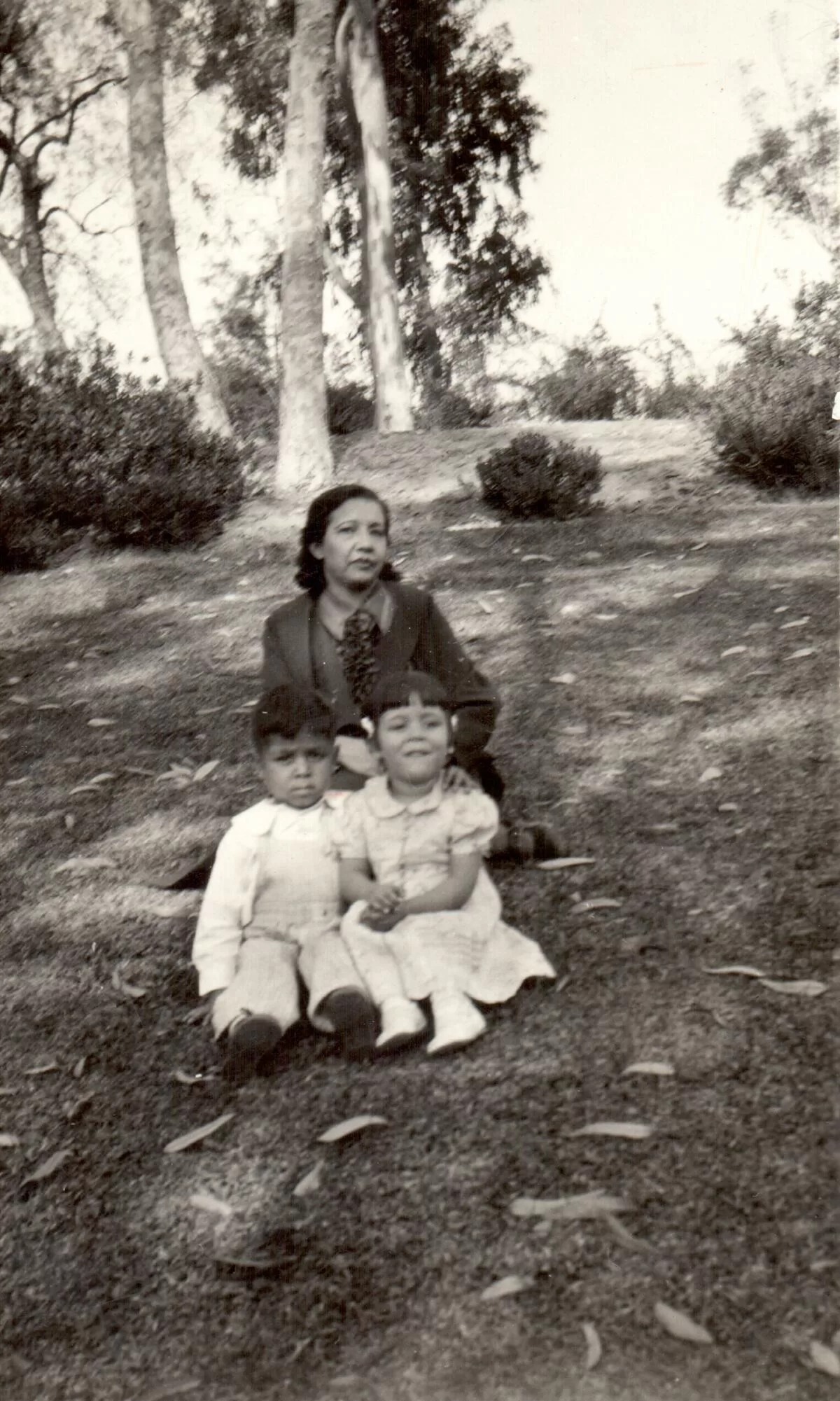Donald Trump promised that, once reelected, he would conduct the largest deportation campaign in United States history. That pledge is already taking shape with his appointments. Stephen Miller will be deputy chief of staff and South Dakota Gov. Kristi Noem will head the Department of Homeland Security. Both are infamous anti-immigrant agitators. And then there’s Tom Homan, whom Trump has named his “border czar.”
In a recent interview on “60 Minutes,” correspondent Cecilia Vega asked Homan what such a campaign might look like:
Cecilia Vega: Is there a way to carry out mass deportation without separating families?
Tom Homan: Of course there is. Families can be deported together.
This chilling response underscores an uncomfortable reality: Immigrants do not live in isolation. Many are part of mixed-status families, where some members are U.S. citizens and others are not. According to the California Immigrant Data Portal, California alone is home to 2.44 million undocumented immigrants and 3.59 million U.S. citizens who live with undocumented family members. These numbers make clear the vast human impact of the kind of deportation policy the president-elect and Homan may put in place. The humanity of these families and the trauma deportation would inflict are of no apparent concern to the incoming administration.
And Homan’s interview isn’t just rhetoric. Homan served in Trump’s first administration as acting director of Immigration and Customs Enforcement — ICE — overseeing the forcible separation of thousands of migrant children from their parents at the border. As we have seen in the stories of these families years later, his policies had devastating effects then, and they promise to again.
And these tactics are not new, as history tells us.
I’m the thesis advisor of a student who is researching the policies of L.A. leader Gloria Molina (no relation) in the Huntington Library’s archives. She wanted help identifying a document she’d found among Molina’s papers — it was a fax; it might as well have been a stone tablet to her — from county archives. She asked about “all the mumbo jumbo” — the transmission information — at the top of the document; I was more interested in the content: records from the 1930s that detailed a shameful chapter in Los Angeles history — repatriation campaigns that targeted Mexican and Mexican American families.
According to George J. Sánchez’s L.A. history “Becoming Mexican American,” Los Angeles lost a third of its Mexican and Mexican American population during these campaigns. Nationally, an estimated 1.8 million Mexicans and Mexican Americans were deported, and 60% of them were U.S. citizens. Although we think of these repatriation drives as federally driven, they were largely enacted by local officials, a stark reminder that local governments have tremendous power to harm — but also to resist. Grassroots activism can push back, lean in and go high when others go low.
Repatriation hit all levels of society, but the poorest were the most vulnerable. Mexican immigrant mothers and their American-born children — seeking basic healthcare at Los Angeles County General Hospital, for instance — were scapegoated as undesirable and deported directly from the hospital. Molina, then a member of the county Board of Supervisors, requested the repatriation records during her fight against Proposition 187 in the 1990s. That measure sought to deny public services to undocumented immigrants. Molina fought hard against the proposition, which was eventually stayed by the courts. Molina would have understood the parallels between the deportations and xenophobic policies of her times. By grounding her activism in history, she was ensuring that past injustices would not be repeated.
My own family’s story intersects with the 1930s repatriation. My mother and uncle, both born in Southern California, were 4 and 5 years old. They could have been deported simply for being Mexican American. But their mother, my grandmother, sick with tuberculosis, asked a friend to adopt them when she died. That kept them out of the oversight of city and county agencies whose officials were complicit in the deportations. Today, with family separation policies likely in the Trump administration, many families may find themselves hanging by a similarly fragile thread.
The writer’s uncle and mother, Carlos and Maria, as children, with their adoptive mother Natalia, on the day she brought them home.
(Courtesy of Natalia Molina)
You probably didn’t know L.A.’s repatriation story. In fact, a 2023 study by researchers at Johns Hopkins University found that 87% of “key topics in Latino history” are either underrepresented or omitted entirely from textbooks. Such erasure leaves everyone vulnerable to a repeat of past injustices.
Donald Trump’s appointments are a stark reminder of how easily history can repeat itself when we fail to confront it. As we face yet another wave of anti-immigrant policies, we must remember: History is not just a tool for understanding the past; it’s a weapon for shaping the future.
Natalia Molina is a professor of American studies and ethnicity at USC. Her latest book is “A Place at the Nayarit: How a Mexican Restaurant Nourished a Community.”
